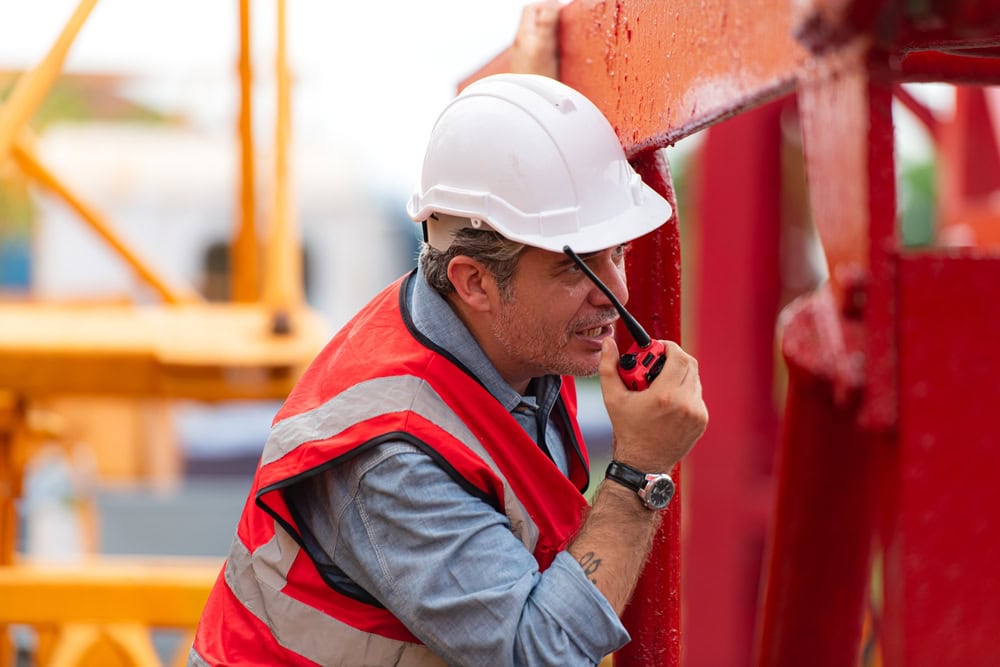Embarking on the journey to become a licensed California contractor can be both exciting and daunting. If you’ve been working as a foreman or lead on construction sites, you may be wondering whether your experience counts toward the requirements set out by the Contractors State License Board (CSLB). Understanding how your experience fits into CSLB’s criteria is essential for a smooth application process, and ultimately for your success as a future contractor.
Understanding CSLB’s Experience Requirements
The CSLB’s main goal is to ensure that every license holder is truly qualified for their trade. To do this, the Board requires all applicants for a contractor’s license to prove a minimum of four years’ journey-level or higher experience in the specialty classification they’re applying for. Your work must have occurred within the last ten years prior to your application.
Crucially, CSLB recognizes experience gained in several key roles, including not just journeyman work, but also positions of increased responsibility like foreman, supervising employee, contractor, or owner-builder. Both foreman and lead roles fall squarely into the types of experience CSLB values, provided you have been responsible for overseeing projects, managing teams, or making supervisory decisions rather than simply assisting others or acting as a trainee.
What Qualifies as Foreman or Lead Experience?
Many aspiring contractors wonder, “Does my time supervising others really count?” The answer is yes, if that experience meets the CSLB’s definition. As a foreman or lead, your daily tasks such as overseeing crews, instructing workers, ensuring quality control, or solving on-site problems demonstrate your ability to operate at a higher competency level.
Picture this: Perhaps you’ve spent several years leading framing crews, directing remodels, or scheduling jobsite activities. If you were trusted with choosing construction methods, handling material orders, or dealing directly with site inspectors, you were operating at the supervisory level required. The CSLB expects that you have hands-on and administrative experience, showing you can run the work and manage teams—not just perform tasks yourself.
It’s important to note that part-time or intermittent supervisory experience may be counted on a prorated basis. For example, if you supervised a crew half your working hours and performed journeyman tasks the other half, both can contribute to your total qualifying experience, as long as your cumulative time equals four full years.
Documenting and Verifying Your Experience
The application process is very much evidence-driven. The CSLB requires thorough documentation of your experience for approval. This often trips up applicants, but with a little advanced planning, you can ensure your work history stands up to scrutiny.
Start by gathering records and references from every job where you served as a foreman or lead. Pay stubs, employer statements, union records, project logs, and even client testimonials become valuable here. The official “Certification of Work Experience” form is necessary and must be signed by someone with firsthand knowledge of your supervisory role, this might be a licensed contractor, supervisor, union rep, or client who can truthfully vouch for your skills and time spent in the role.
A practical example: Let’s say you led a team on several commercial build-outs for four years, working under two different contractors. You’d want each contractor to certify your periods of responsibility, and ideally, also provide project descriptions or site logs to back up their statements. If you ever acted as a self-employed lead, supporting documents like contracts, invoices, and tax returns will strengthen your case.
In some cases, applicants with formal education or apprenticeship training in construction can use those credentials to offset up to three years of the required four, but at least one year of on-the-job practical experience is mandatory and cannot be substituted, so your time as a foreman is vital if you’re lacking in other areas.
Tips for a Smooth Application
Even with qualifying experience, many contractors stumble at the final hurdle due to poor documentation or misunderstanding the process. Here’s what you need to ensure your journey is smooth:
- Begin your record-keeping early. Keep organized logs of every supervisory role, with dates and detailed project information.
- Seek out certifiers. Make sure your certifier has direct, recent knowledge of your work and is prepared to confirm your position and responsibilities.
- Tell your story honestly. Don’t exaggerate your role or responsibilities; the CSLB conducts audits and may ask for additional proof.
- Diverse experience counts. Supervising a range of projects (commercial, residential, repairs, new builds, etc.) gives you a broader foundation for both the application and the exam.
- Address gaps or part-time roles. Be upfront about any periods where your supervision was not full-time, and make sure documentation reflects this.
One of the best steps you can take is to consult with a seasoned mentor or a licensing consultant before submitting your application. Guidance at this stage can help identify weaknesses or missing paperwork before the Board reviews your file.
Your Pathway to Licensure
If your career has included leadership as a foreman or lead on construction projects, you are on the right track for qualifying for your California contractor’s license. The CSLB values your ability to both perform and supervise skilled work, and with proper documentation, your experience can open the door to licensure.
Remember, the key is organization. Keep clear records, find reliable certifiers, and approach the process as a demonstration of your professionalism. As you take the next step in your contracting career, let your experience as a foreman or lead become the foundation for your future as a licensed contractor. Every project you’ve guided forward has been preparing you for this moment—now turn that experience into your next big opportunity.

